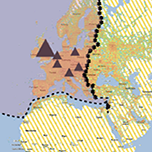Social Capital- an exhibition and audience based interactions Belgrade, Serbia; Florence, Italy; Ionion Islands, Greece; and Cairo, Egypt- storyboard excerpts
Began 2013, continuing through 2016-ongoing series
Part of my work in the last four years has taken place in Florence, Belgrade and Thessaloniki. My initial interest was in examining how people perceived symbols and communication strategies used by the EU (ahistorical, often using contemporary branding strategies) to create a sense of unity and affiliation among member countries. During this time a pronounced shift in globalization began along with challenges to the unity/hegemony of the more powerful EU states, which greatly influenced the original intentions of the research and exploration.
The longer-term inquiry then focused on local concerns in urban environments (recent local histories and identity, use of urban space, stakeholder practices in the community, issues of emigration for work, etc.). I conducted interviews, designed and engaged local stakeholders in using digital mapping tools, and did other kinds of participant research. This research in turn was expanded on and began an interdisciplinary collaboration by colleagues at American College of Thessaloniki and their students and is part of an ongoing joint effort in design and social innovation, social sciences and public sociology, and education. This participant research then led to developing short animations representing common themes or issues working with urban stakeholders. Local interaction through exhibitions of the visualized research and animations next lead to long term ongoing projects working with urban stakeholders on revitalization through engaging community resources and design and social innovation concepts in Thessaloniki, and documentation and community preservation of ‘modern monuments’ in Kefalonia as part of recovering local history and memory.
Design tools were created to aid in participant research using the underlying interpretive method of boundary— and social— objects. This research fed back in to community discussion. A working matrix of community and design engagement was built (partially borrowing from Buroway and ideas of public sociology) that includes 1) organization- interactions- relationships, 2) alternative environmental design configurations (spaces of practice), 3) immediate object-based problem solving (tools), 4) public actions, information and visibility (communication).
Previous digital visualization techniques are rethought in terms of long term interaction and audience feedback for longer term community development- in part based on principles of social and boundary objects.
How this gets staged:
• Semi-structured interviews with stakeholders; breadcrumb approach.
• Photo documentation guided by stakeholders.
• Common themes extracted from interviews.
• Bibliographic research and consultation with colleagues.
• Continue with semi-structured interview begin use of: ‘designed tools’
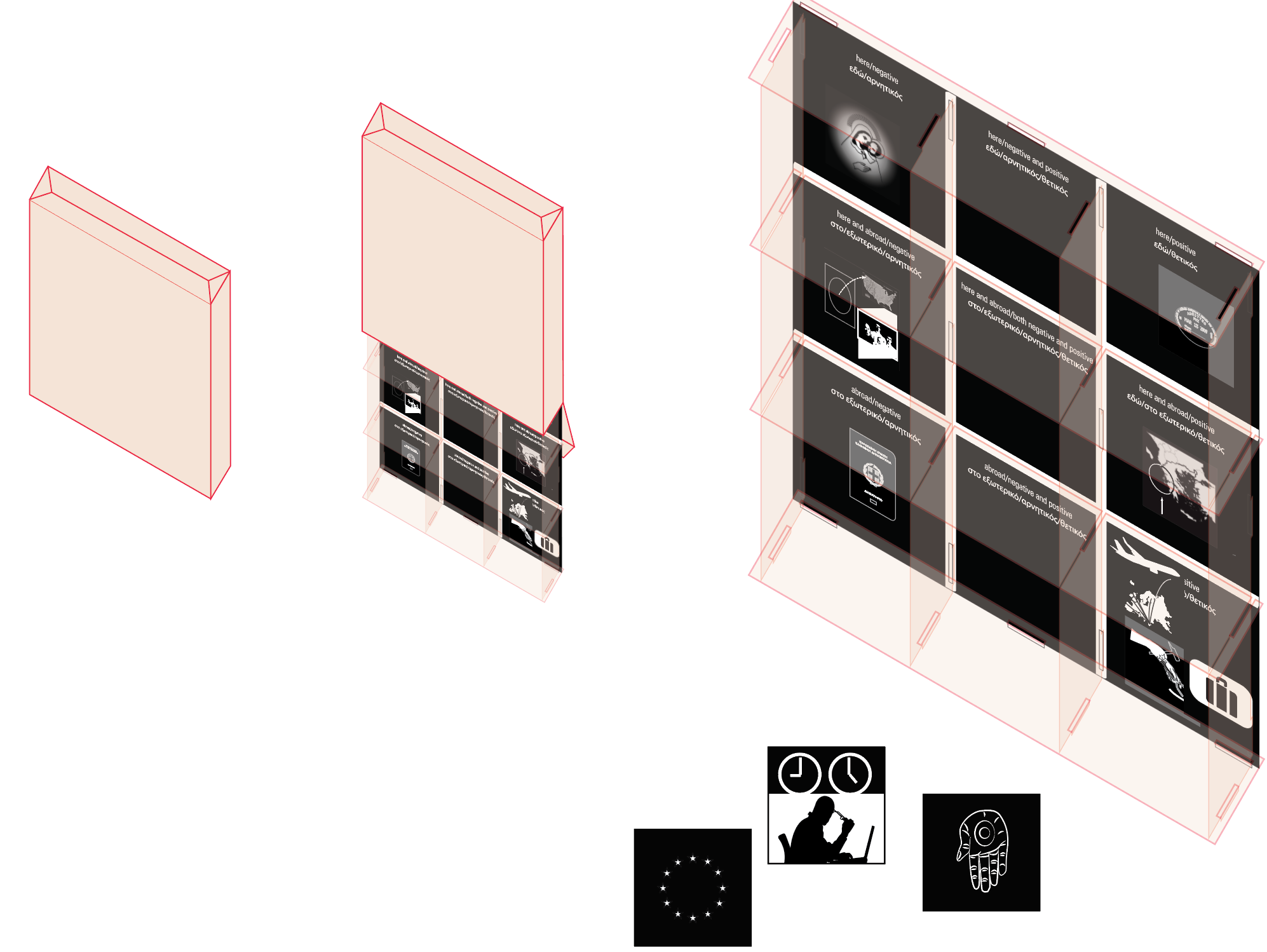
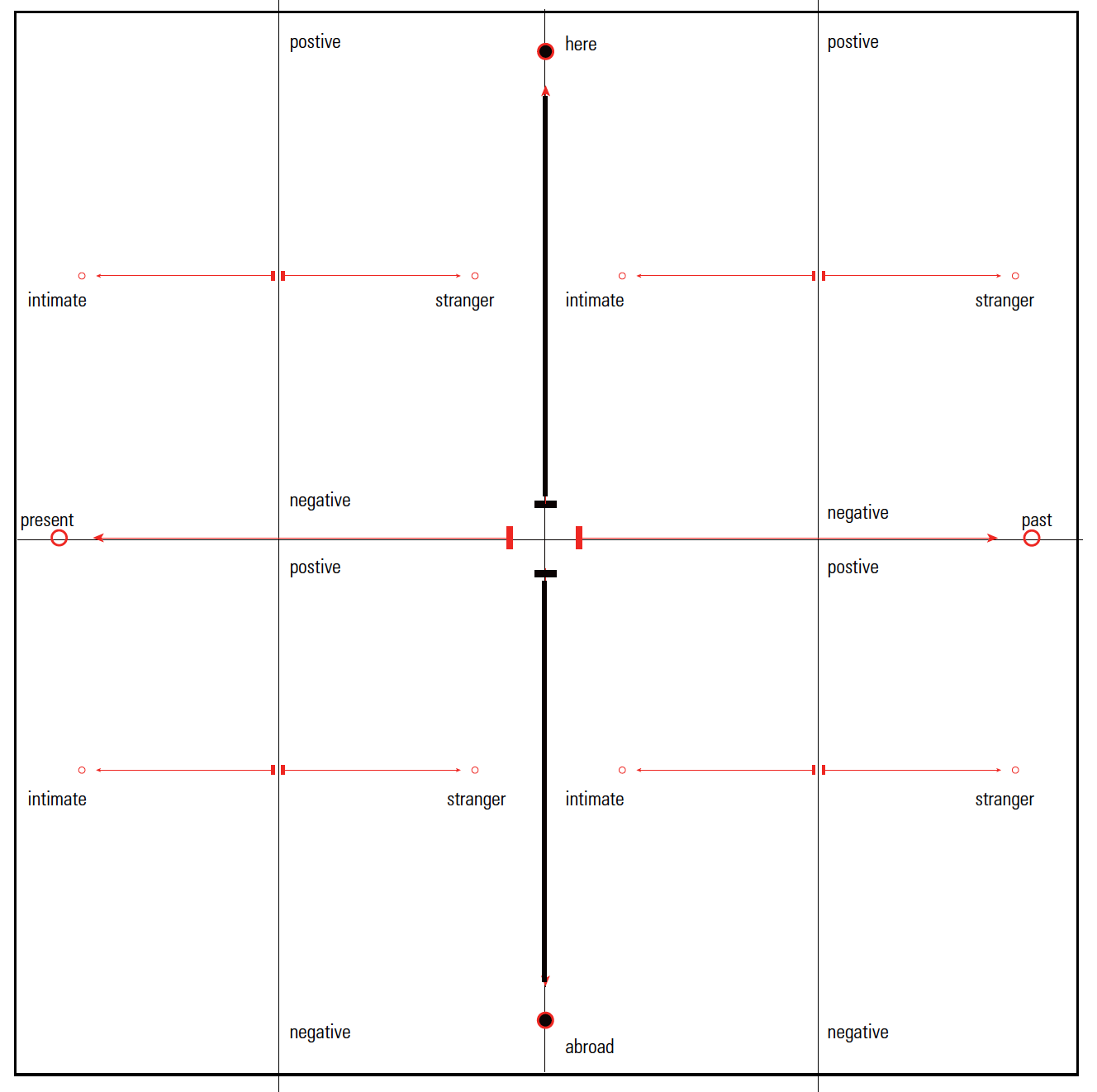
 1- informal: Sorting Box- as a negotiation after open discussion, + boxes become a tangible visualization after the fact that can be compared object to object in next steps-
1- informal: Sorting Box- as a negotiation after open discussion, + boxes become a tangible visualization after the fact that can be compared object to object in next steps-
transition to task-oriented workshopping (users have committed to the task- formal workshop- central idea is goal/motivation/expected outcome for individuals engaged in interaction).
2- Digital Map: description of individual and group experiences based on recall; organized by heuristic evaluation of space- significance of places to activities and relationships between places and activities. Compare and visualize different groups experiences in use and interpretation of meaning- as ‘social object,’ can be used as ‘boundary object’ when people have different roles in getting something done w/o consensus (Star).

3- Logic-building technique applied to subsequent post-map discussions fostering common solution finding: future scenario construction.
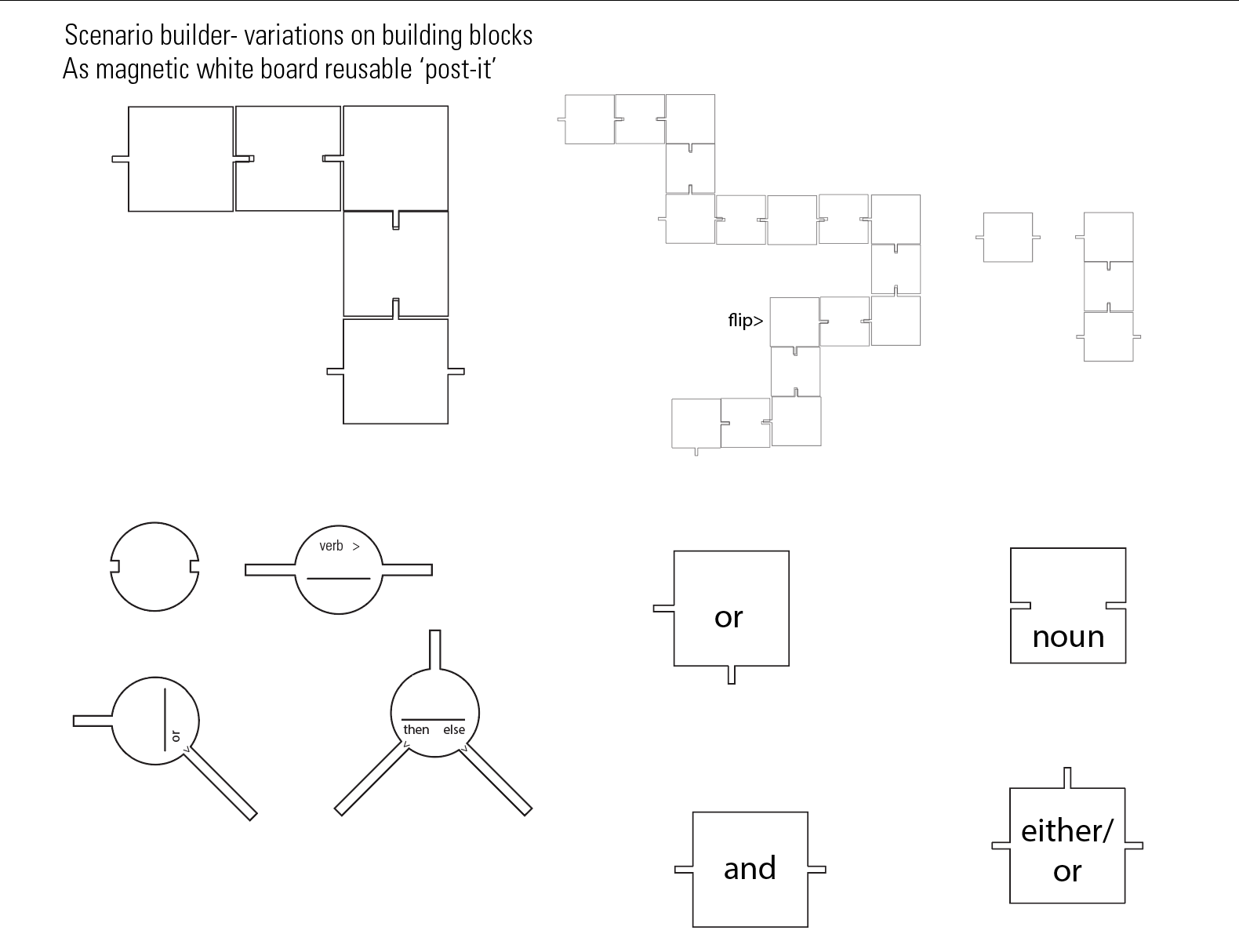
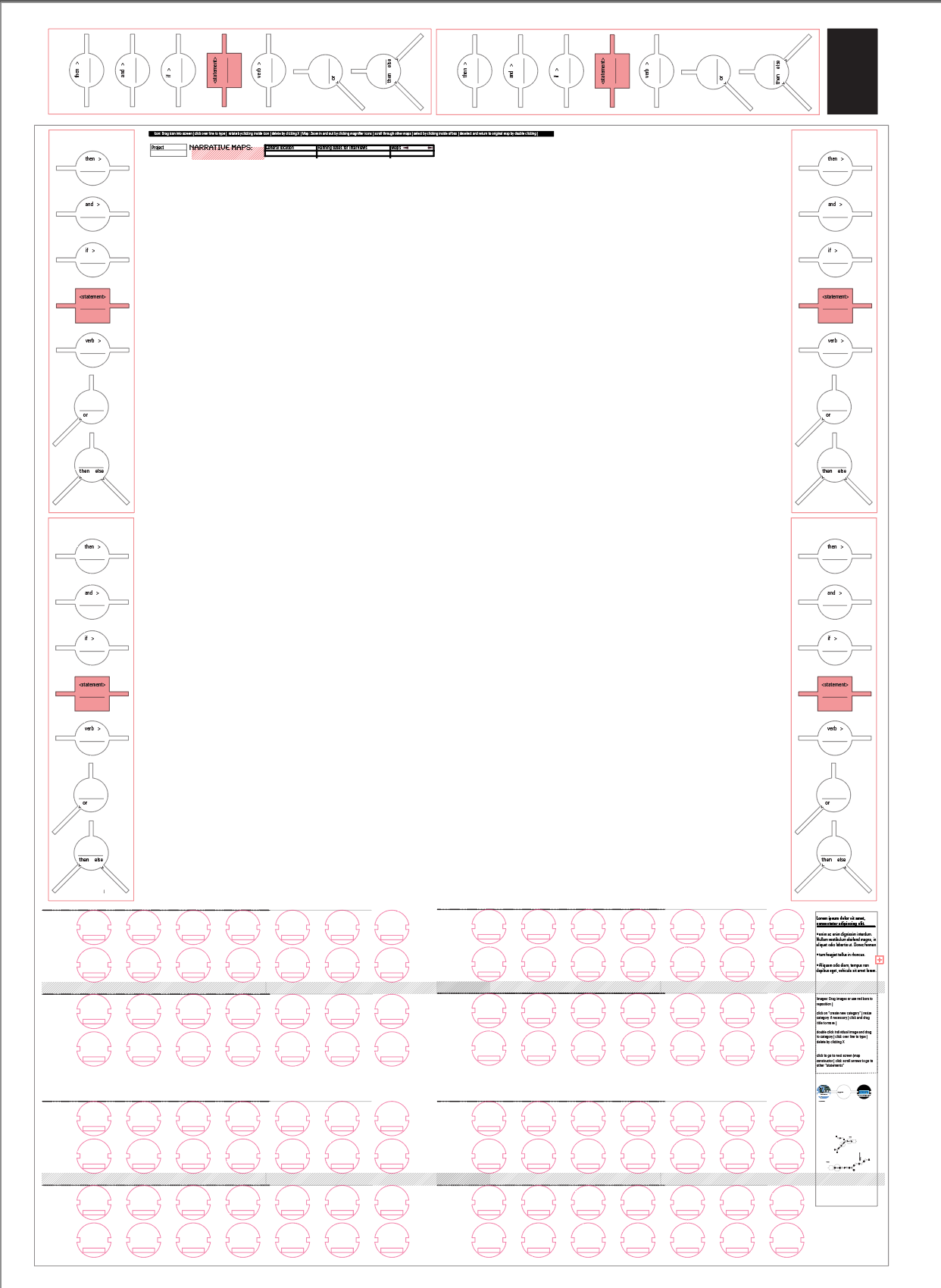
This approach traces back connections to episodic and semantic concepts: episodic as interview- more or less chonological recall or memorable experience; guided tour as interpretation of personal inventory; then heuristic based ‘mapping’ with differently designed social interactions. Physical objects are designed more or less based on a simple schema—box as unfolding; narrative tool as assembly; map as extension of the previous touchstone tour and photo documentary in exploratory research. Issues of designing interactions includes thinking through ease of use, rather than interfering with social interactions.

